Home>Garden Essentials>How Much Lime In Soil Mix
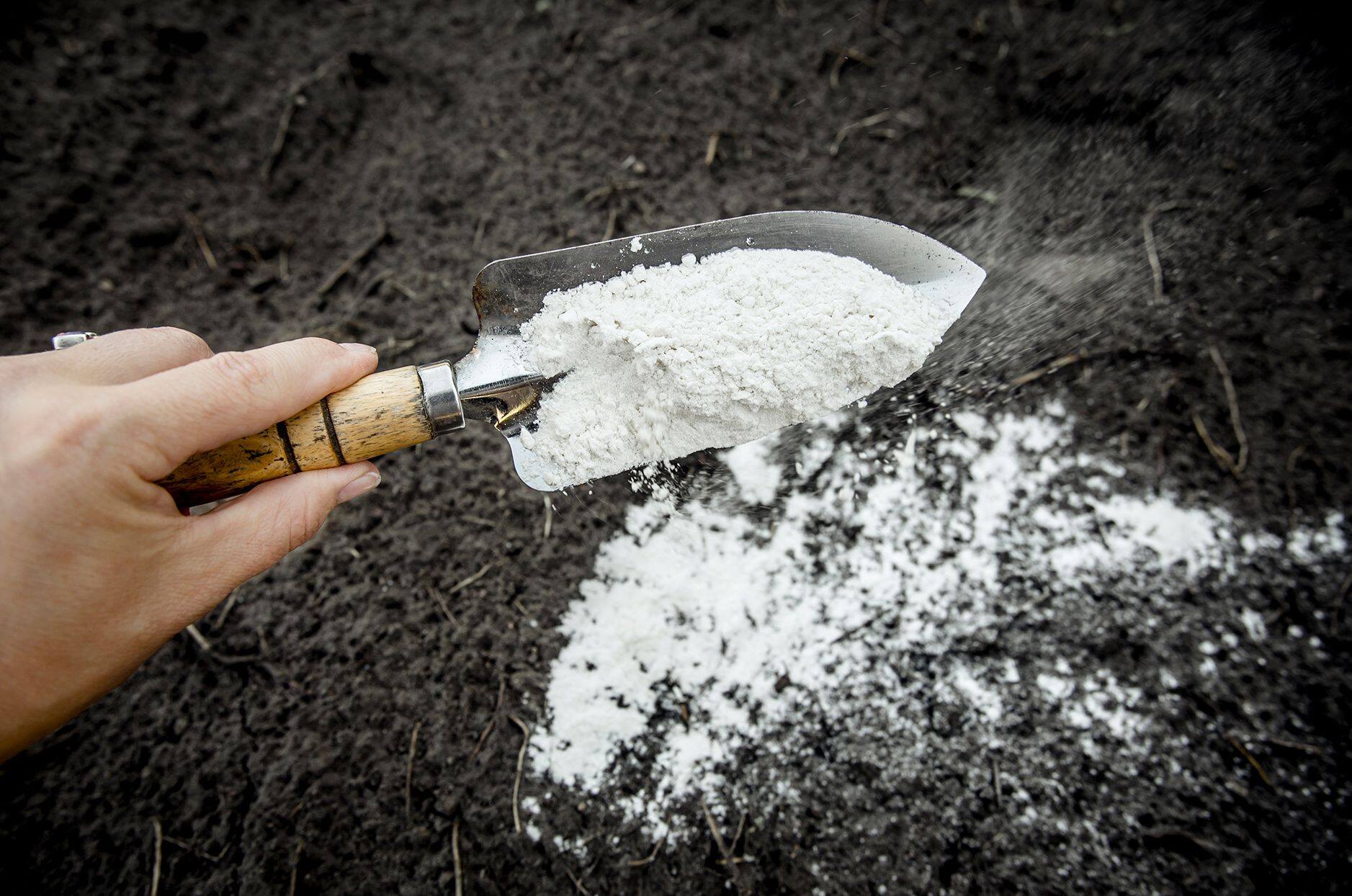

Garden Essentials
How Much Lime In Soil Mix
Modified: March 15, 2024
Find out the ideal amount of lime to add to your garden soil mix. Improve plant health and yield with the right lime dosage.
(Many of the links in this article redirect to a specific reviewed product. Your purchase of these products through affiliate links helps to generate commission for Storables.com, at no extra cost. Learn more)
Introduction
Welcome to the world of gardening, where the nurturing of plants and the creation of beautiful landscapes brings joy and relaxation. One crucial factor in achieving optimal plant growth is the quality of the soil. A key component that can greatly impact the soil’s quality is lime. In this article, we will explore the benefits of lime in soil mix and provide insights into determining lime requirements for your gardening needs.
Lime, derived from limestone, is widely used in gardening and agriculture due to its ability to adjust soil pH levels. Soil pH plays a crucial role in the availability of essential nutrients for plants and the overall health of the soil ecosystem. Maintaining the correct pH level in the soil can greatly enhance plant growth, nutrient absorption, and disease resistance.
However, it is important to note that not all types of plants require lime in their soil mix. Some plants thrive in acidic soil, while others prefer alkaline or neutral pH levels. Understanding the lime requirements for your specific plants is essential for creating a conducive environment for their growth.
Before delving further into the benefits of lime in soil mix, it is crucial to determine the current pH level of your soil. Testing the soil’s pH will provide valuable insights into whether lime is needed and the amount required to achieve the desired pH level.
Next, let’s explore the various benefits of incorporating lime into your soil mix.
Key Takeaways:
- Give your plants the lime they need to thrive by adjusting soil pH, promoting nutrient availability, and improving soil structure. Consider plant preferences and test soil pH regularly for optimal results.
- Incorporating lime into your soil mix can create a conducive environment for plant growth, enhance microbial activity, and improve water management. Choose the right method and monitor pH levels for healthy plants.
Read more: How To Make Potting Soil Mix
Benefits of Lime in Soil Mix
Adding lime to your soil mix can have numerous benefits for your plants and overall garden health. Let’s explore some of the key advantages:
- Adjusts Soil pH: One of the primary benefits of lime is its ability to adjust the soil’s pH level. If your soil is too acidic, adding lime can help raise the pH and bring it closer to neutral. This adjustment creates a more favorable environment for a wide range of plants to thrive.
- Promotes Nutrient Availability: A balanced soil pH is crucial for the availability of essential nutrients to plants. When the pH is too low, certain nutrients like phosphorus, calcium, and magnesium become less accessible to plants. By adding lime and raising the pH, you can enhance the availability of these vital nutrients, leading to healthier and more productive plants.
- Improves Soil Structure: Lime has the ability to break up heavy clay soils and improve their structure. Clay soils tend to be dense and compact, which can hinder root growth and drainage. The addition of lime helps to flocculate the clay particles, creating a more porous and crumbly soil structure. This improved structure allows for better root penetration, water infiltration, and root aeration.
- Enhances Microbial Activity: Soil microorganisms play a vital role in the breakdown of organic matter and the release of nutrients. Lime helps create a more favorable environment for beneficial soil bacteria and fungi, enhancing their activity. This increased microbial activity contributes to the overall health of the soil ecosystem and nutrient cycling.
- Reduces Soil Toxicity: Some soils may naturally contain high levels of toxic elements like aluminum and manganese. These elements can be detrimental to plant growth and development. Lime application can help reduce the toxicity by binding to these elements and rendering them less available to plants.
- Improves Water Management: Proper water management is essential for plant health. When soil pH is too low, water tends to be retained in the soil, leading to poor drainage and waterlogged conditions. By raising the pH with lime, you can improve water movement through the soil, preventing waterlogging and promoting healthier root development.
These are just a few of the many benefits of incorporating lime into your soil mix. The specific benefits you experience will depend on the current state of your soil and the lime requirements of your plants. Next, let’s explore how to determine the lime requirements for your soil mix.
Determining Lime Requirements for Soil Mix
Before adding lime to your soil mix, it is important to determine the lime requirements based on the current pH level and the specific needs of your plants. Here are some steps to help you determine the lime requirements:
- Soil pH Testing: Start by conducting a soil pH test using a soil testing kit or by sending a soil sample to a local agricultural extension office. The pH test will provide you with the current acidity or alkalinity level of your soil. Most plants prefer a slightly acidic to neutral pH range, around 6 to 7. If your soil pH is below this range, it indicates the need for lime to raise the pH.
- Determine Lime Type: Once you know your soil pH, you can determine the type of lime to use. There are different types of lime available, including agricultural lime, dolomitic lime, and hydrated lime. Agricultural lime is commonly used to raise soil pH, while dolomitic lime contains additional magnesium. Select the appropriate lime type based on your soil composition and plant requirements.
- Calculate Lime Application Rate: The soil pH test results will also provide recommendations for the amount of lime needed to bring the pH to the desired level. Follow these recommendations for proper lime application. It is important to apply lime gradually and mix it well into the soil to ensure even distribution.
- Consider Plant Requirements: While soil pH is important, it is equally crucial to consider the lime requirements of your specific plants. Some plants, such as rhododendrons and blueberries, prefer acidic soil, so adding lime may not be suitable for them. Research the lime requirements of your plants and make adjustments accordingly.
- Monitor pH Levels: After adding lime to your soil mix, it is important to regularly monitor the pH levels. Soil pH can change over time, so periodic testing will help ensure that the pH remains within the optimal range for your plants.
By following these steps, you can accurately determine the lime requirements for your soil mix and create an ideal growing environment for your plants. Next, let’s explore some factors to consider when adding lime to your soil mix.
Factors to Consider
When adding lime to your soil mix, there are several factors to consider to ensure optimal results and plant health. Let’s explore these factors:
- Soil Type: Different soil types have different characteristics, including their capacity to hold and release nutrients. Sandy soils, for example, have larger particles and tend to have lower nutrient-holding capacity. Clay soils, on the other hand, have smaller particles and higher nutrient-holding capacity. Understanding your soil type will help you determine the appropriate amount of lime to add.
- Plant Type and Preference: Not all plants have the same lime requirements. Some plants, such as azaleas and blueberries, prefer acidic soil, while others, like tomatoes and broccoli, thrive in slightly alkaline conditions. It’s important to research the lime preferences of your specific plant species to ensure optimal growth and nutrient uptake.
- Existing Soil pH: The current pH of your soil will also influence the amount of lime needed. If your soil is highly acidic, more lime may be required to bring the pH to the desired level. Conversely, if your soil is only slightly acidic, a smaller amount of lime may be sufficient.
- Environmental Factors: Environmental factors, such as rainfall and climate, can also affect soil pH over time. Regions with high rainfall tend to have acidic soils due to leaching of basic elements. Conversely, arid regions may have alkaline soils due to the accumulation of salts. These factors should be considered when determining lime requirements.
- Lime Application Timing: The timing of lime application is crucial for optimal results. It is best to add lime to the soil mix several months before planting to allow it to incorporate fully into the soil. This will provide sufficient time for the pH adjustment and ensure that the lime is readily available for the plants.
- Regular Soil Testing: Soil pH can change over time due to various factors, including the breakdown of organic matter and the effects of fertilizers. Regular soil testing will help you monitor the pH levels and make necessary adjustments to maintain optimal conditions for plant growth.
Considering these factors will allow you to effectively incorporate lime into your soil mix and create a conducive environment for plant growth. Next, let’s explore some methods for adding lime to your soil mix.
When mixing soil for plants, aim for a pH level of 6-7. Add lime to raise pH if it’s too acidic, but be cautious as too much lime can harm plants. Test soil pH regularly to ensure it’s within the optimal range.
Methods for Adding Lime to Soil Mix
There are several methods you can use to incorporate lime into your soil mix. Here are some common techniques:
- Broadcasting: Broadcasting involves spreading lime evenly over the soil surface. This method is suitable for larger areas and can be done by hand or using a spreader. After broadcasting, the lime can be incorporated into the soil by tilling or simply letting rainfall wash it into the soil.
- Topdressing: Topdressing is the process of applying lime directly to the soil around established plants. This method is often used in garden beds or around shrubs and trees. Care should be taken to avoid getting lime on the plant’s leaves or stems, as it can cause damage. After application, gently rake the lime into the topsoil.
- Amending Potting Mix: For container gardening or indoor plants, lime can be added directly to the potting mix. Determine the appropriate amount of lime based on the pot size and the lime requirements of the specific plant. Mix the lime thoroughly with the potting mix before planting.
- pH Adjusting Solutions: pH adjusting solutions containing lime can be used to directly modify the pH of the soil mix. These solutions are available commercially and can be applied according to the product instructions. This method is particularly useful for small-scale gardening or when precise pH adjustments are required.
Regardless of the method you choose, it is crucial to mix the lime thoroughly into the soil to ensure even distribution. This will help to prevent localized pH imbalances and ensure that all plants in the area receive the benefits of the lime.
Now that you have learned about the methods for adding lime to your soil mix, let’s explore the importance of testing soil pH levels.
Read more: What Is Humus Soil Mix
Testing Soil pH Levels
Testing soil pH levels is a crucial step in determining the need for lime in your soil mix. It provides valuable insights into the acidity or alkalinity of the soil, allowing you to make informed decisions regarding lime application. Here’s what you need to know about testing soil pH:
- Soil Testing Kits: Soil testing kits are readily available and provide an easy and affordable way to test soil pH levels. These kits typically include test strips or solutions that change color based on the pH of the soil. Follow the instructions provided with the kit to collect the soil sample and perform the test.
- Local Agricultural Extension Office: Many agricultural extension offices offer soil testing services. They provide more comprehensive soil analysis, including pH levels, nutrient content, and recommendations for soil amendments like lime. Contact your local extension office to inquire about their soil testing services and procedures.
- Online Soil Testing Services: Some companies offer online soil testing services where you can send a soil sample and receive detailed soil analysis results, including pH levels. This can be a convenient option if you prefer professional analysis and recommendations without visiting a physical location.
- Multiple Samples: When testing soil pH, it is recommended to take multiple samples from different areas of your garden or planting beds. This will provide a more accurate representation of the overall pH levels and enable you to identify any pH variations within your garden.
- Testing Frequency: It is important to regularly test soil pH levels, especially if you notice any signs of nutrient deficiencies or poor plant growth. Soil pH can change over time due to factors like weather conditions, use of fertilizers, and plant uptake of nutrients. Testing every 2-3 years is a good general guideline.
Once you have obtained the soil pH results, compare them to the recommended pH range for your specific plants. If your soil pH is outside the optimal range, you can determine the amount of lime needed to adjust the pH accordingly. Follow the recommendations provided by the soil testing service or consult with horticultural experts for guidance.
Regular testing of soil pH levels will help you maintain a healthy and balanced soil environment, ensuring optimal plant growth and nutrient availability. Now, let’s conclude our discussion on the benefits of lime in the soil mix.
Conclusion
Incorporating lime into your soil mix can have numerous benefits for your plants and overall garden health. By adjusting soil pH levels, lime helps create a conducive environment for optimal plant growth, nutrient availability, and microbial activity. It also improves soil structure, reduces soil toxicity, and enhances water management. However, it is important to consider factors such as soil type, plant preferences, and existing soil pH when determining lime requirements.
Testing soil pH levels is essential in understanding the acidity or alkalinity of your soil and determining the need for lime. Soil testing kits, local agricultural extension offices, and online soil testing services are all effective ways to obtain accurate pH results and recommendations. Regular testing allows you to monitor pH levels and make necessary adjustments to maintain optimal conditions for your plants.
When adding lime to your soil mix, choose the appropriate method based on the size and type of your gardening area. Broadcasting and topdressing are common techniques for larger areas, while amending potting mix or using pH adjusting solutions are suitable for container gardening or indoor plants. Regardless of the method used, ensure thorough mixing to promote even distribution.
Remember that not all plants require lime in their soil mix. It is crucial to research the lime requirements of your specific plant species to create the ideal environment for their growth. By considering these factors and following proper lime application techniques, you can experience the full benefits of lime in your garden.
In conclusion, incorporating lime into your soil mix can improve soil pH levels, nutrient availability, soil structure, and overall plant health. It is an essential tool for creating an optimal growing environment for your plants. So, go ahead and give your plants the lime they need to thrive and enjoy the beautiful results in your garden.
Frequently Asked Questions about How Much Lime In Soil Mix
Was this page helpful?
At Storables.com, we guarantee accurate and reliable information. Our content, validated by Expert Board Contributors, is crafted following stringent Editorial Policies. We're committed to providing you with well-researched, expert-backed insights for all your informational needs.
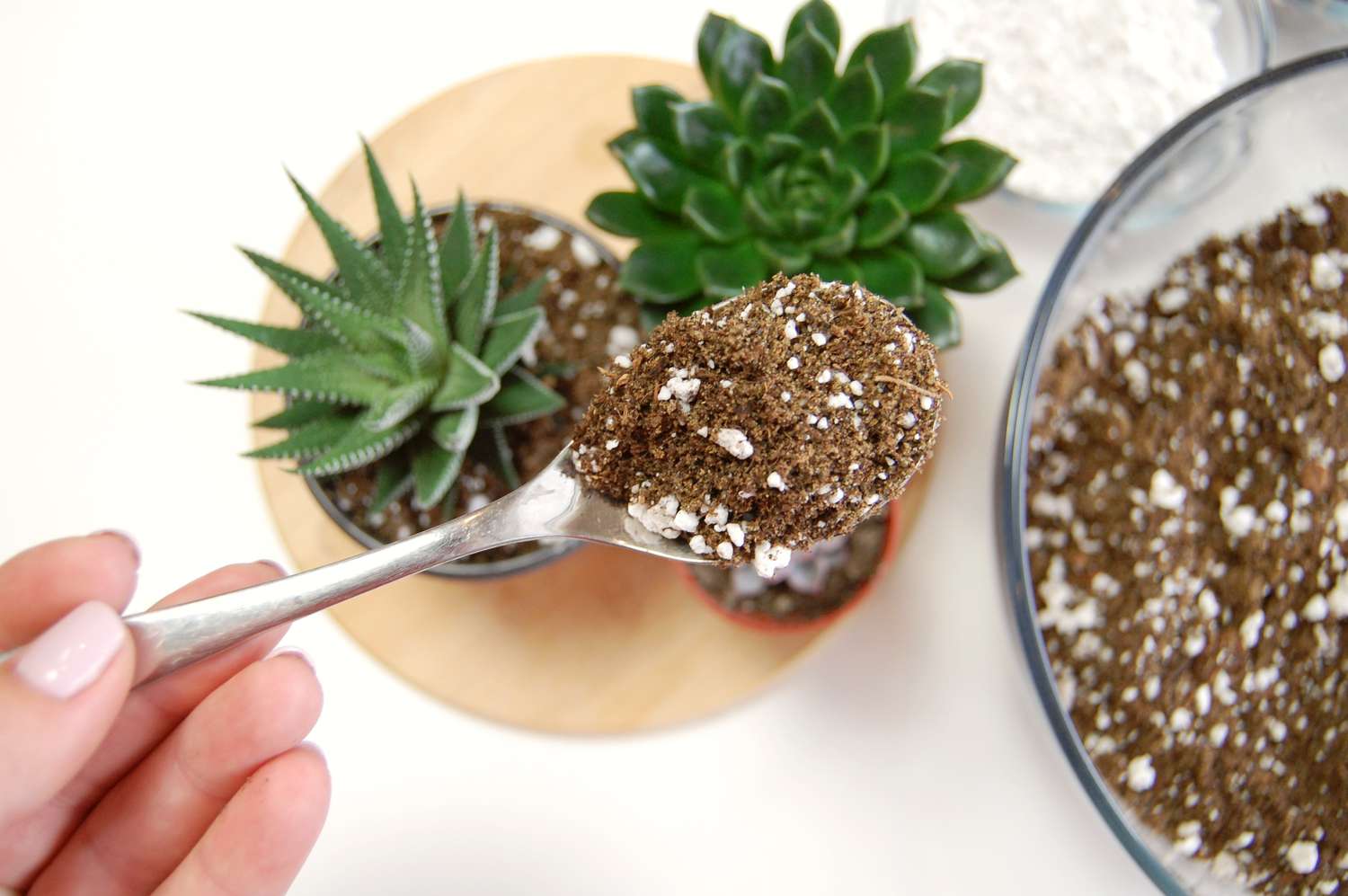
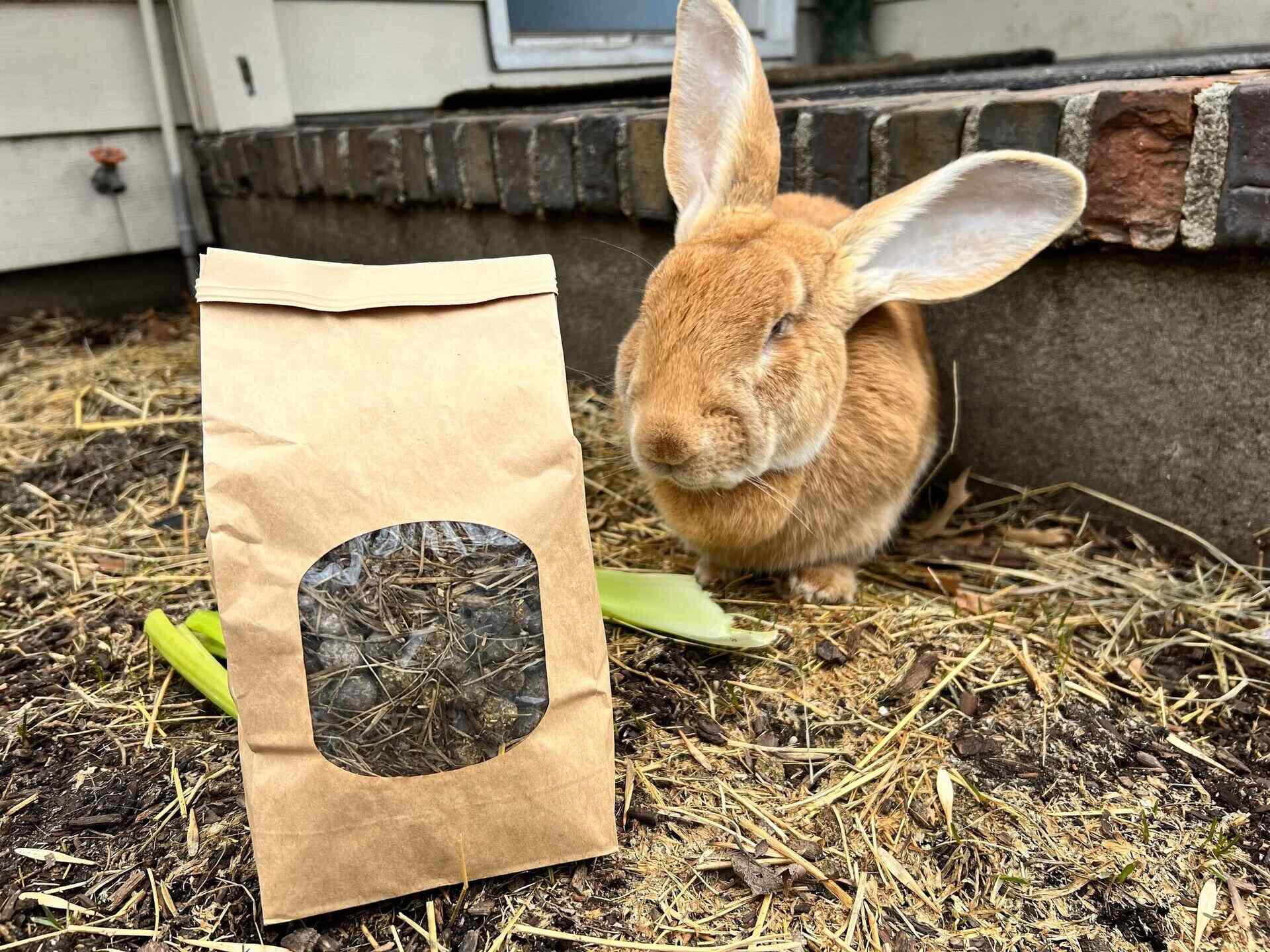
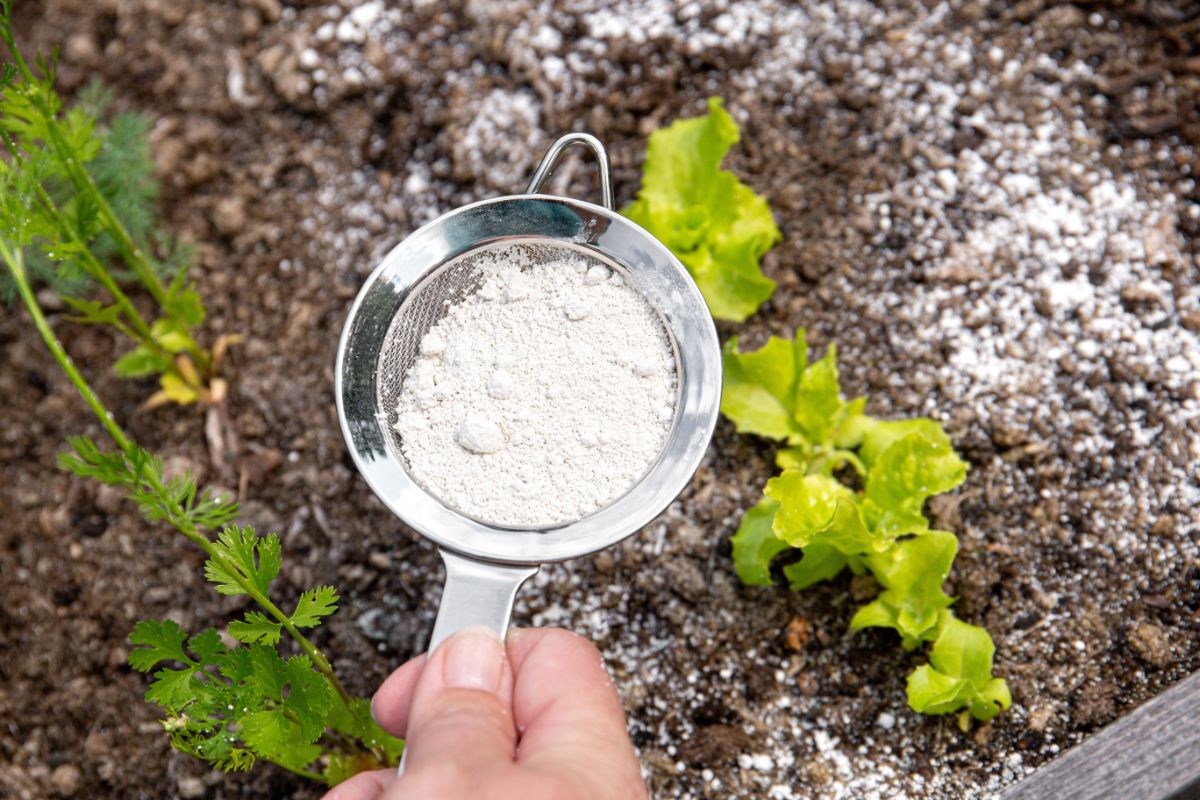
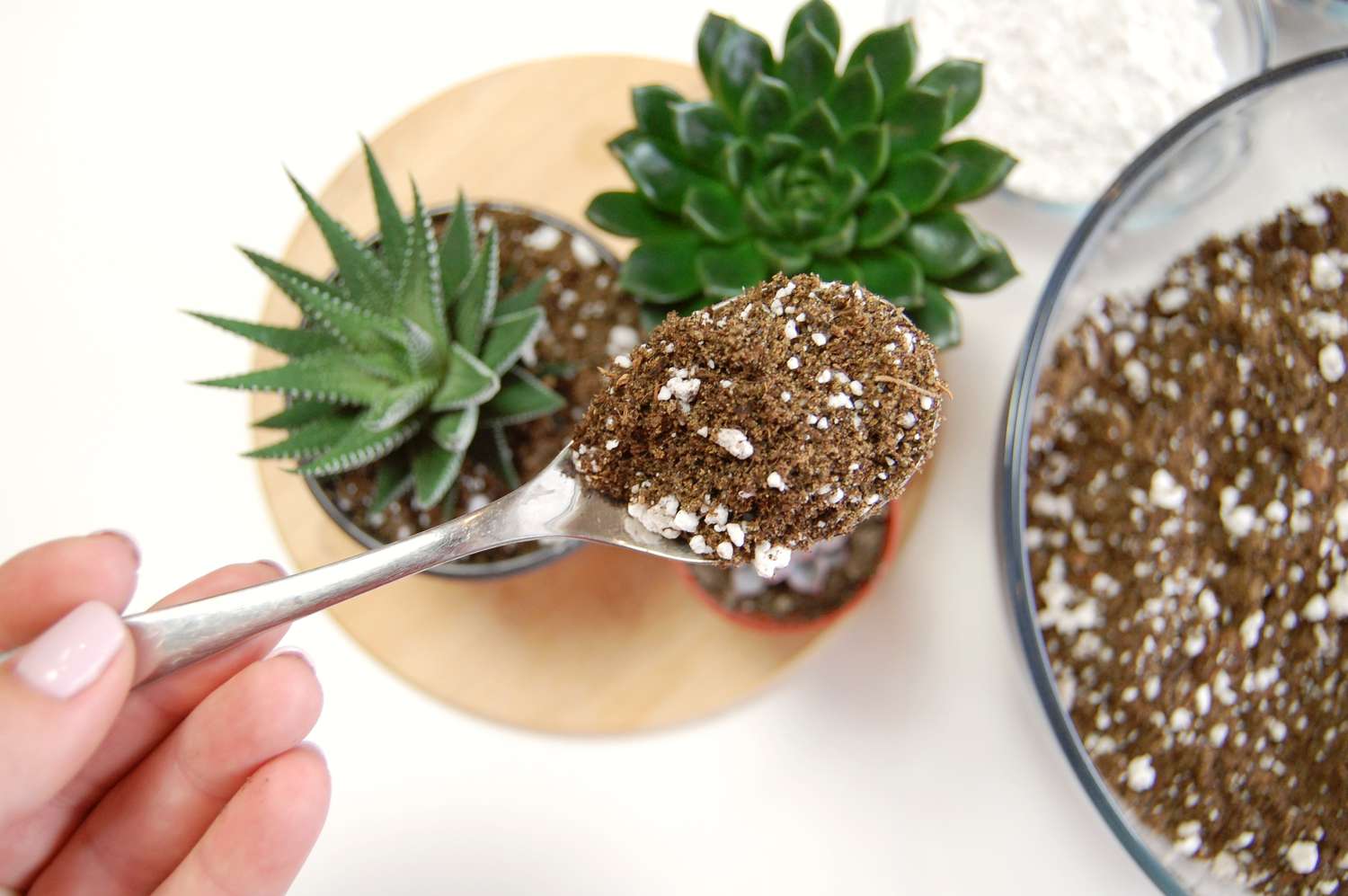
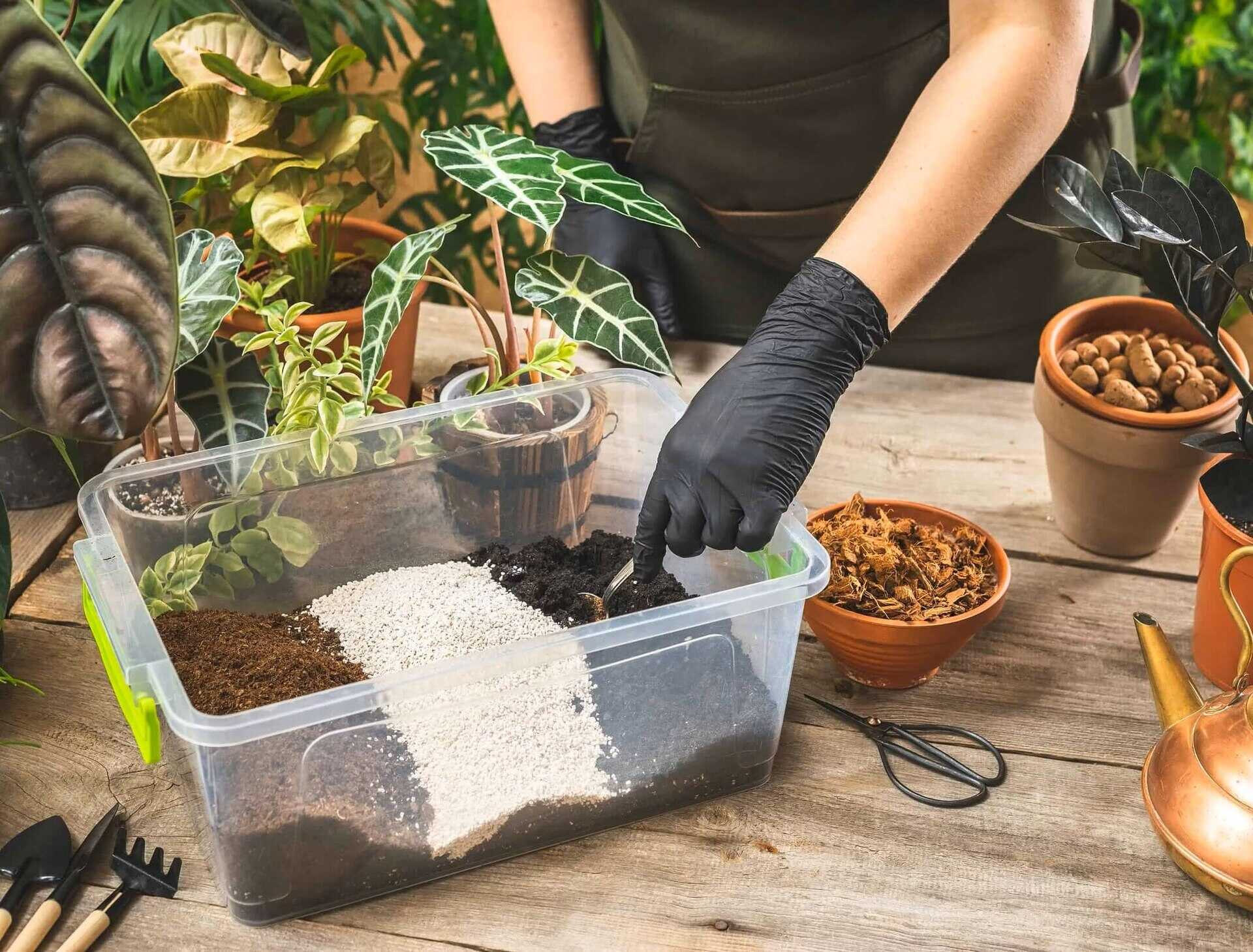
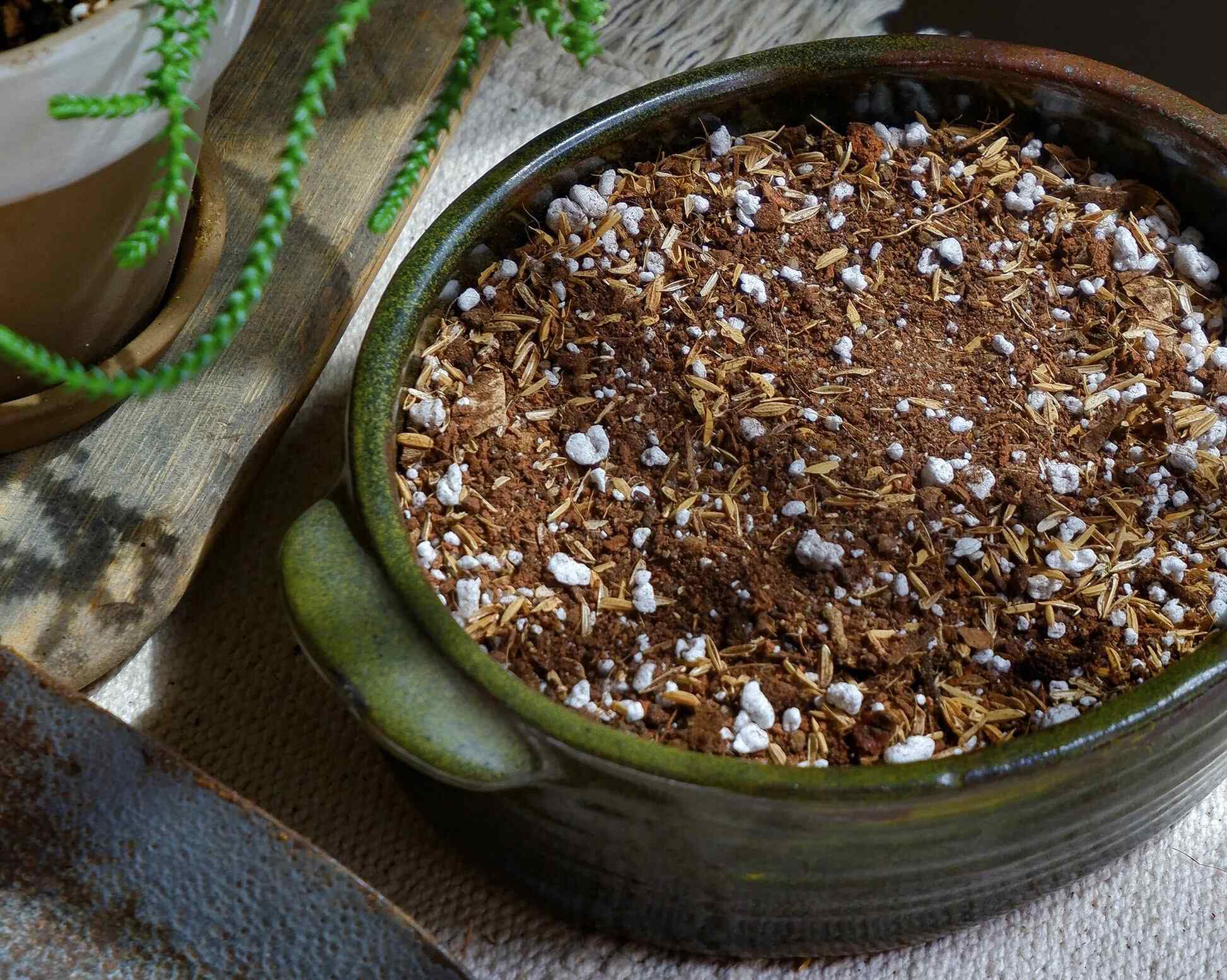
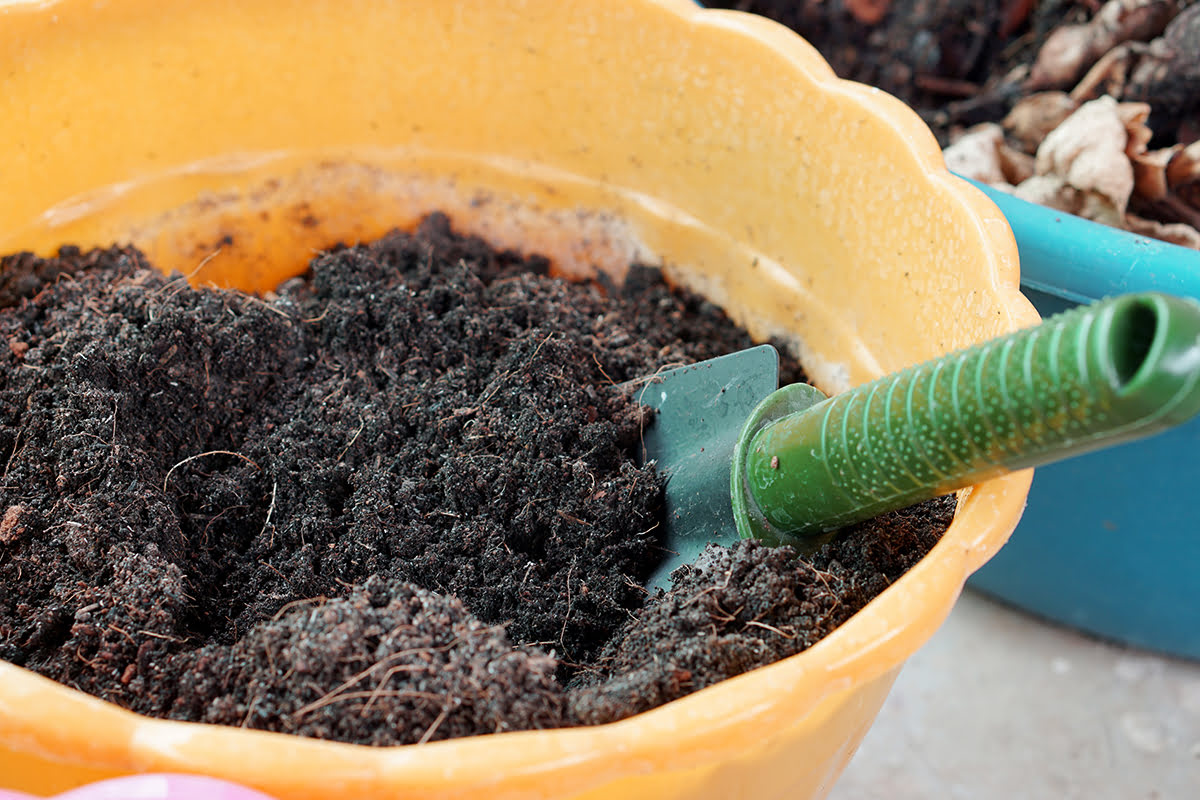
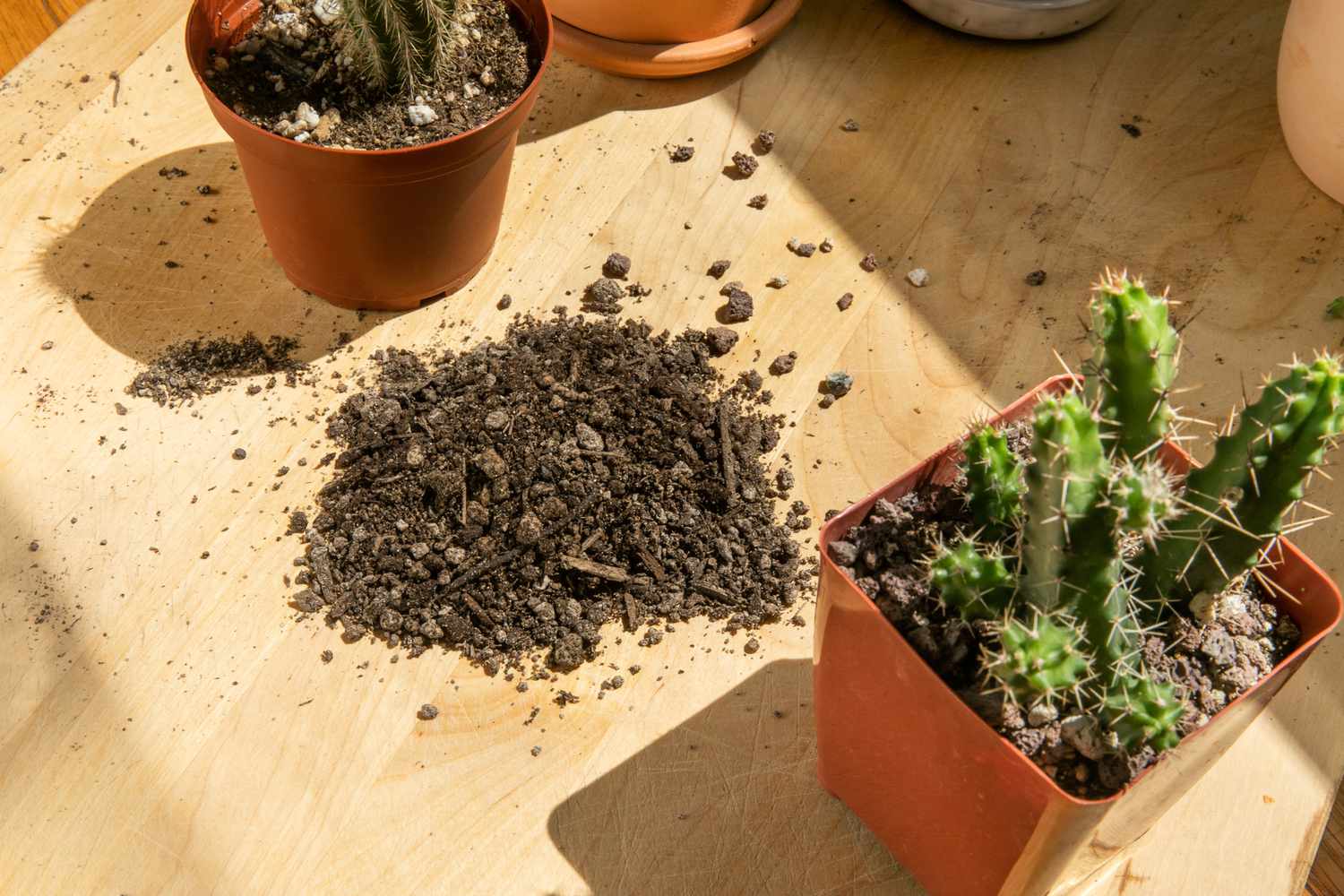
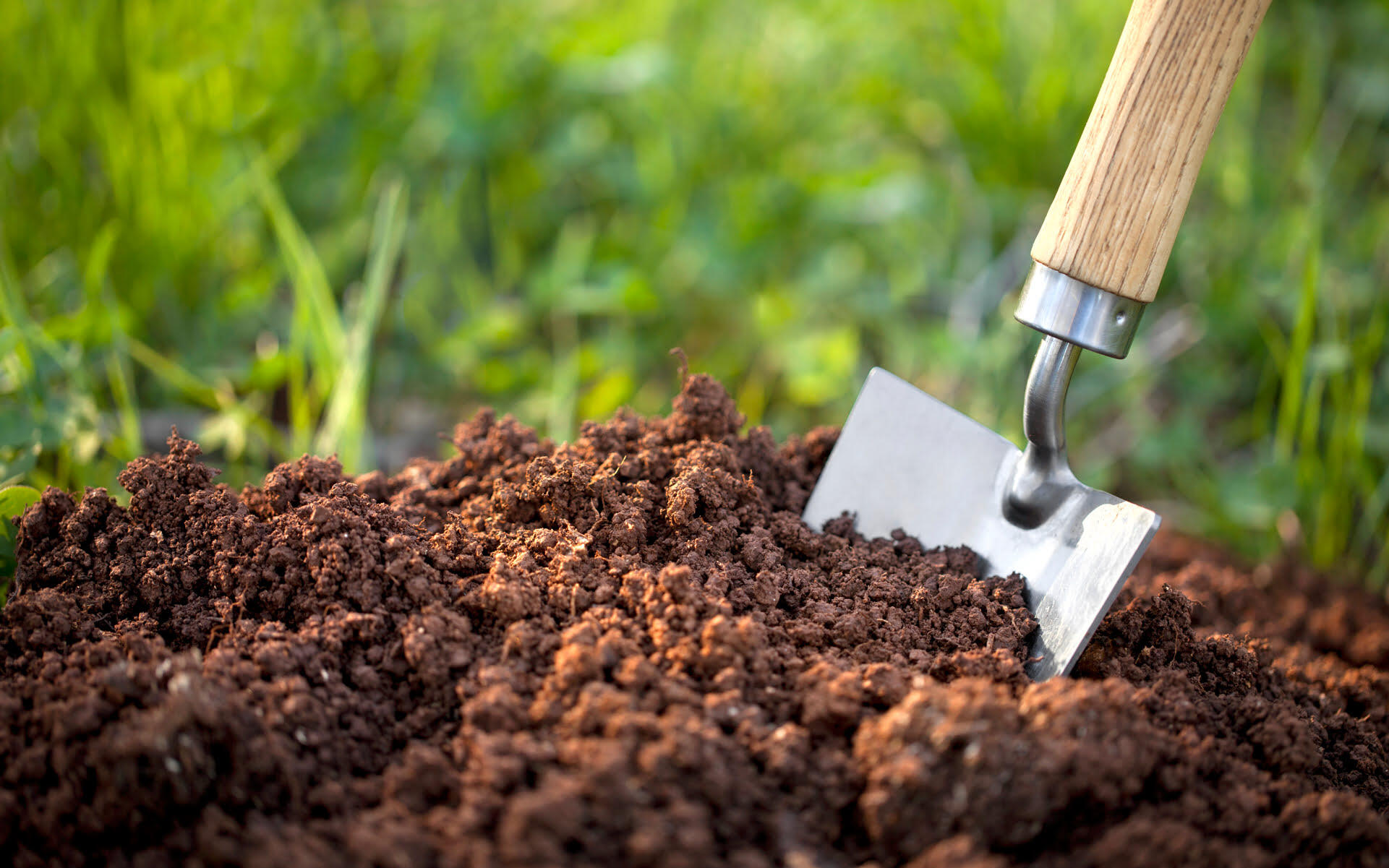
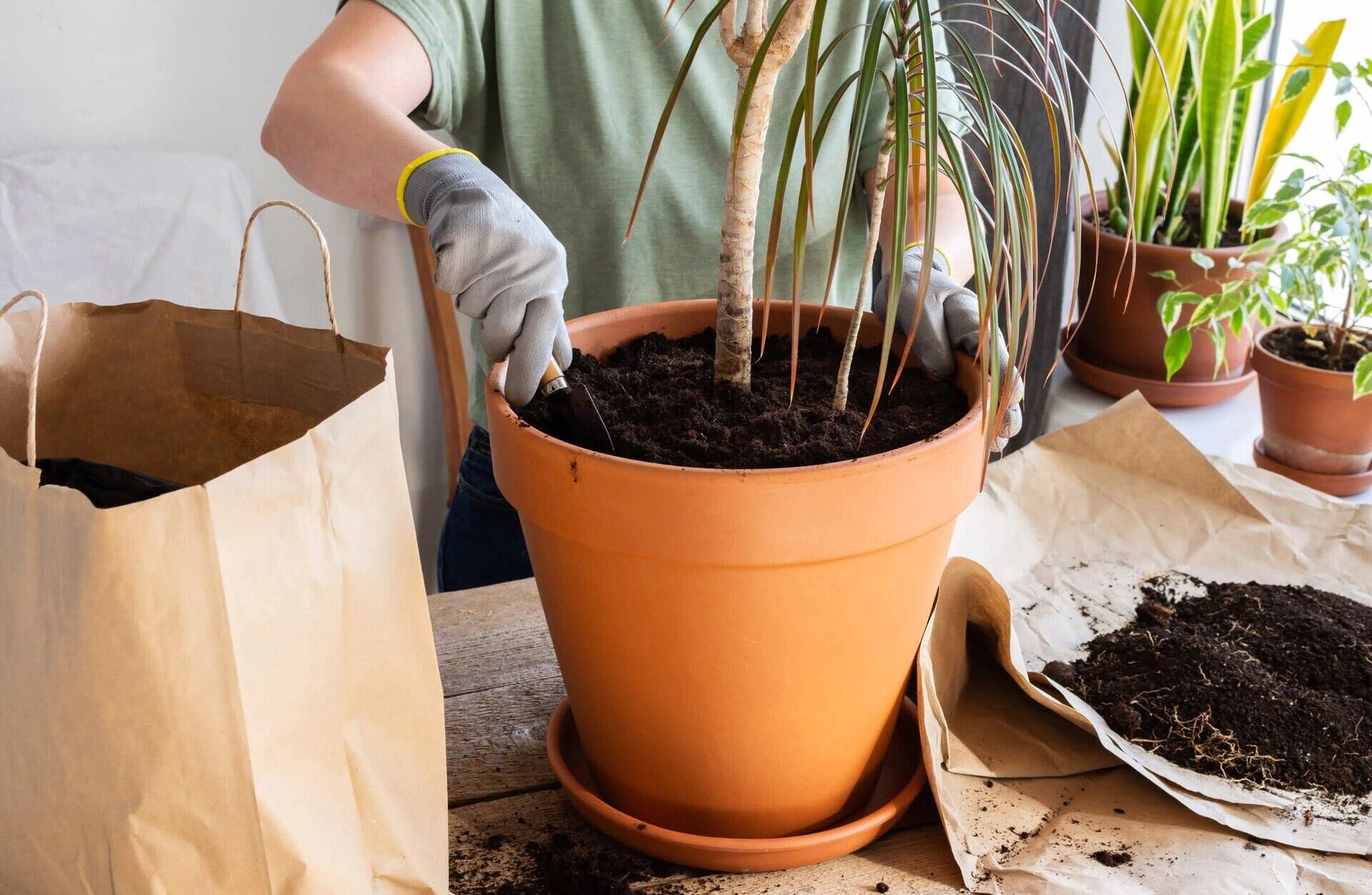
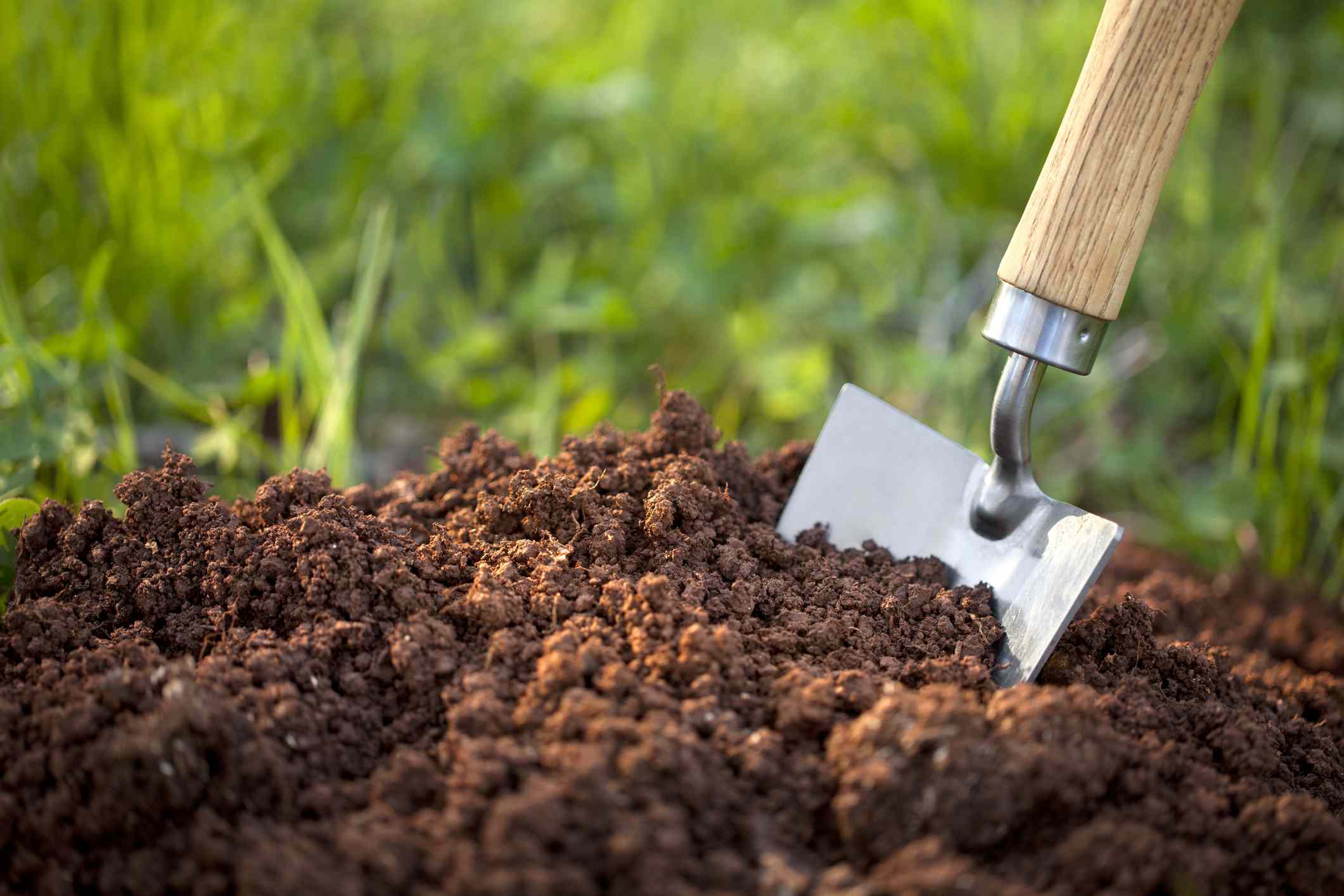
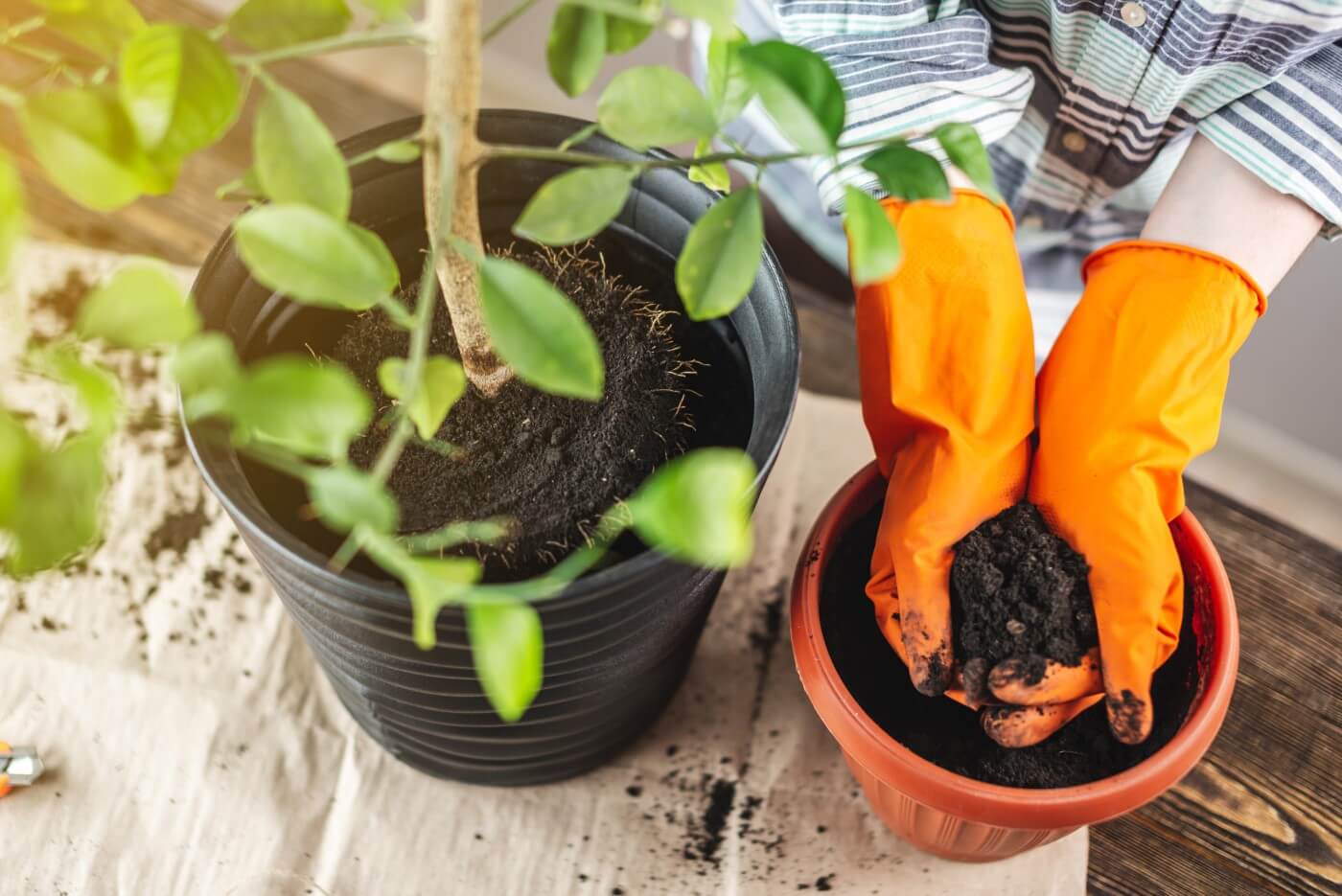
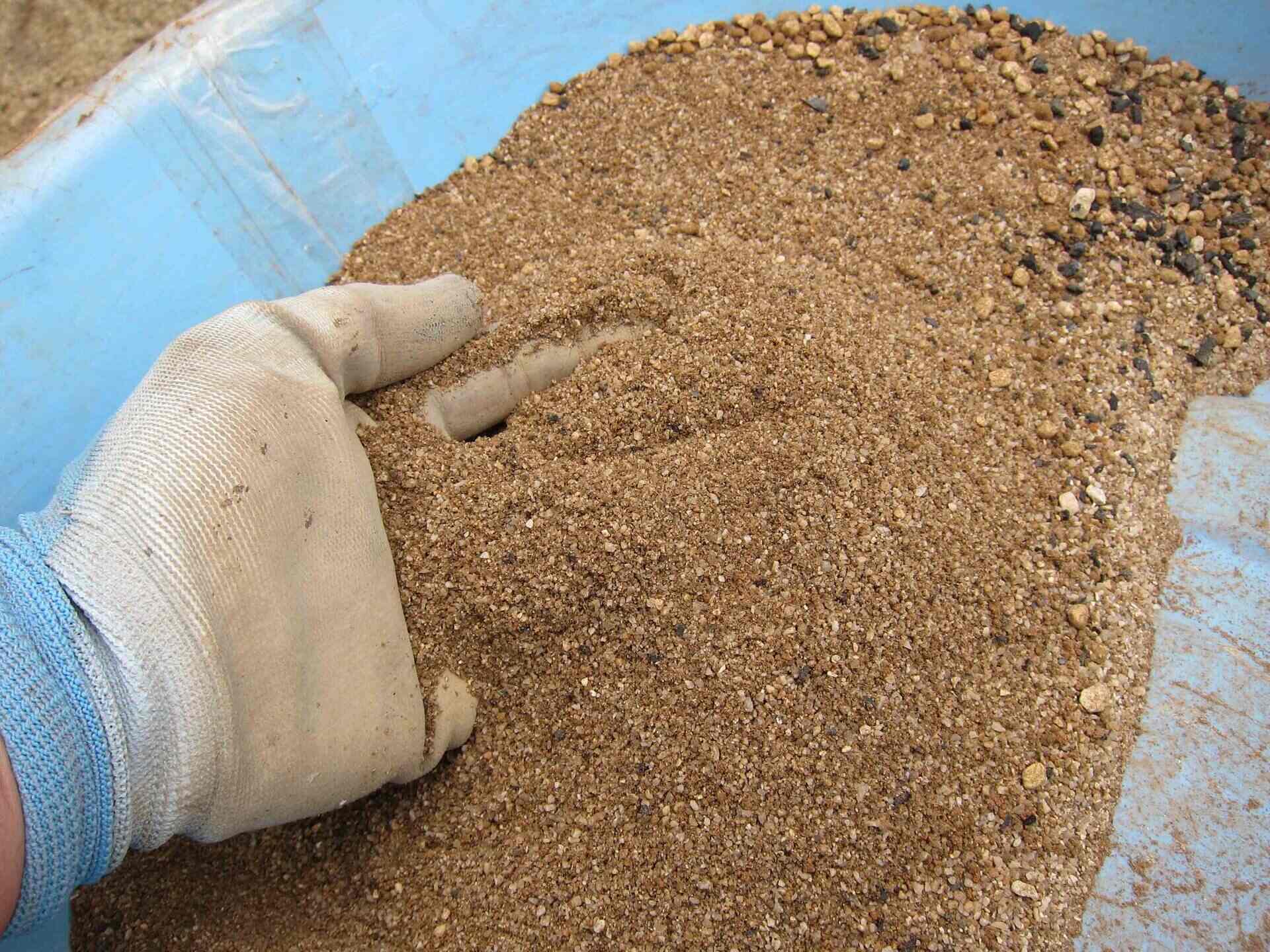
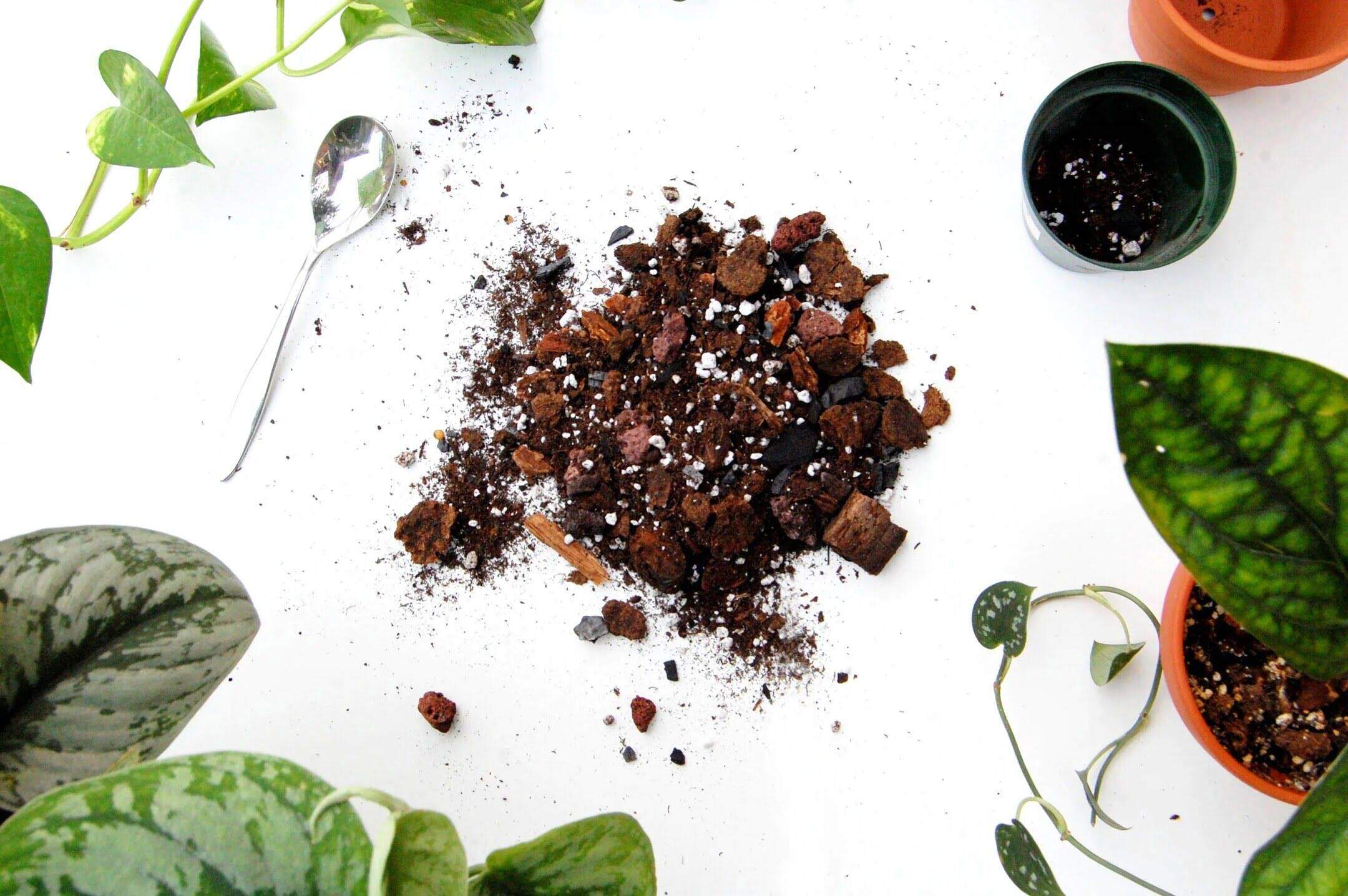

0 thoughts on “How Much Lime In Soil Mix”